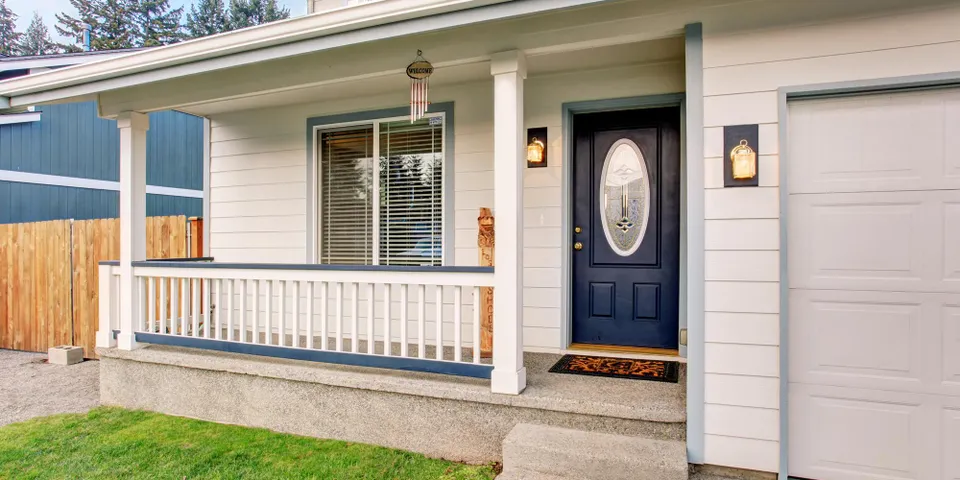Energy Efficiency Increased through New Entry Door

Energy Efficiency Increased through New Entry Door
Energy efficiency is the key to maintaining optimal indoor comfort. However, as materials age, leaks begin to form and cause slight fluctuations in temperature. Entry doors are one of the most common problem areas in the home. Consider the guide below to determine how they can factor into your home’s heat loss and what benefits a timely replacement has to offer.
How Do Doors Affect Home Heat Loss?
Wood frames are extremely susceptible to warping. While many feature a protective coating, it wears away over time and leaves the material open to moisture. The result is a constant swelling and contracting that pulls the seams apart and creates air leaks around the frame.
The type of glass within the door can also affect the energy efficiency of a home. For example, single pane materials tend to not produce a solid barrier against the elements. They allow for a constant exchange of temperatures and keep the rooms from remaining consistent.
What Are the Benefits of Replacements?
Fresh, new materials with a quality coating are susceptible to minimal water absorption. The frames will remain tightly in place and there will be hardly any movement or warping along the seams. Plus, with custom doors, you can choose the thickness of the glass.
Look for models that feature an air pocket in between the two panes. The design prevents direct air transfer and ensures that the outdoor temperatures do not affect your home’s atmosphere.
You should also consider a product that features quality weather stripping. This thick, rubber lining fits snugly along the base of the door and protects against drafts. It’s durable enough to resist damage from contact with the floor and prevents premature replacement.
